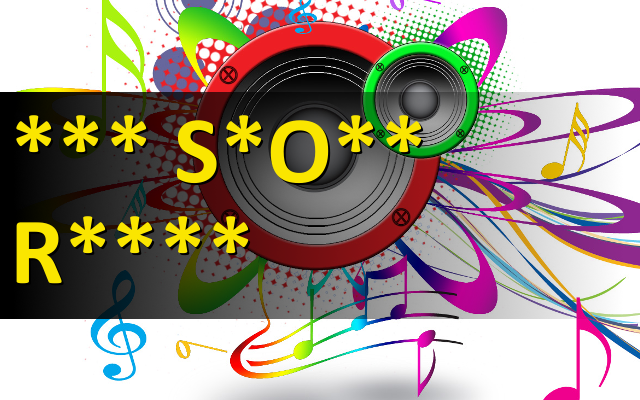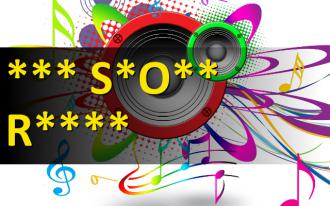Replace asterisk symbols with ...
Replace asterisk symbols with a letters (*** S*O** R****) and guess the name of musician band. Length of words in solution: 3,5,5.Correct answers: 22
The first user who solved this task is Alfa Omega.
#brainteasers #music

How to find your true love?
“It was the first time he saw her without any makeup, jewels or any fancy clothes to make her stand out in the crowd. That's when he fell in love with her. ”

